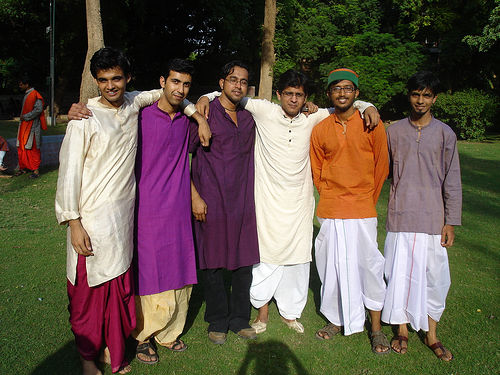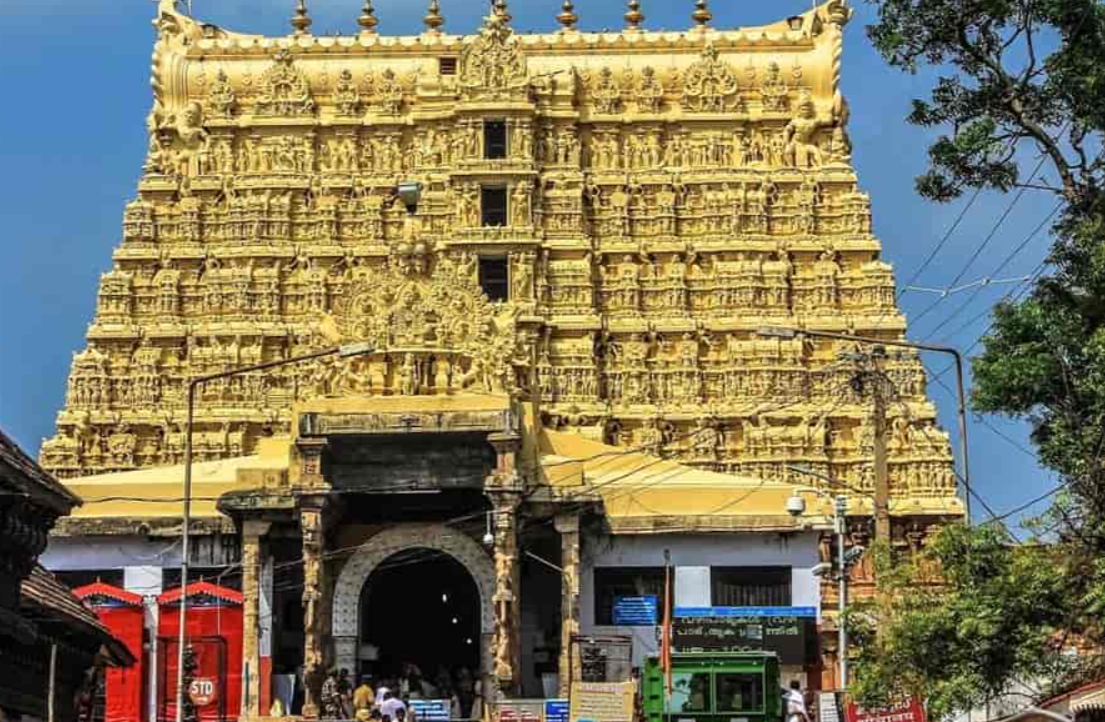Bihar, a state in eastern India, is renowned for its rich cultural heritage, beautifully expressed through its traditional dress. The attire of Bihar reflects a colorful tapestry woven from historical and regional influences, showcasing the indigenous craftsmanship of its people. Whether it’s the elegant drape of a dhoti kurta for men or the graceful fall of a saree for women, each piece of clothing carries the cultural ethos and social identity of Bihar’s inhabitants. This article explores the distinctive characteristics of the traditional dress of Bihar, highlighting the attire for both men and women.
Traditional Men’s Wear in Bihar
The traditional clothing for men in Bihar is characterized by its simplicity, convenience, and utilitarian design. Rooted in centuries-old customs, the attire includes various components that form an integral part of the region’s cultural heritage. Key elements of traditional male attire in Bihar include:
Dhoti Kurta
Among the most iconic pieces of traditional men’s wear in Bihar is the dhoti kurta. The dhoti, a long rectangular piece of cloth, is elegantly wrapped around the waist and between the legs. Typically made from cotton fabric, dhotis are available in various shades and designs. The dhoti kurta is not just clothing; it symbolizes the essence of Bihari culture.
Gamcha
Another significant piece of traditional attire is the gamcha, which serves as a versatile towel or scarf. Commonly worn by men in Bihar, the gamcha is often used as headgear or draped across the shoulders. Crafted from cotton fabric, it typically features checkered patterns or simple lines. This piece is essential for the male populace, helping them wipe away sweat or protect themselves from the sun, embodying practicality and tradition.
Topi
The topi, or traditional cap, holds great significance in Bihar. Made entirely of cloth, these caps come in various designs and patterns. The diversity in styles showcases both elegance and tradition. Wearing a topi is not just a fashion statement; it is an emblem of cultural identity and pride among Bihari men.
Traditional Women’s Attire in Bihar
Bihar’s traditional dress for women exudes grace, elegance, and cultural richness. The outfits reflect grandeur and vibrancy, with lively colors and intricate designs that make women stand out. Key components of traditional female attire include:
Saree
The saree is perhaps the most iconic piece of clothing worn by women in Bihar. This exquisite garment typically measures six to nine yards and is worn with grace. The saree is elegantly draped, with one end tucked into the waist and the other hung over the shoulder. Made from silk, cotton, or synthetic fabrics, sarees feature delicate designs, motifs, and ornate borders, available in an array of colors that reflect the wearer’s taste and the occasion.
Salwar Kameez
The salwar kameez is another prevalent traditional dress, especially in urban areas of Bihar. This attire consists of three main components: the kameez (tunic), salwar (baggy trousers), and dupatta (scarf). The kameez is often made from silk or cotton and is typically adorned with beautiful embroidery or simple patterns. This outfit combines comfort with elegance, making it a popular choice for various occasions.
Lehenga Choli
The lehenga choli is a staple among young women in Bihar, particularly during weddings and festivals. This ensemble includes a lehenga (long skirt), choli (blouse), and dupatta. The lehenga is usually crafted from silk or brocade and is intricately embroidered with delicate designs, mirror work, and other embellishments, creating a visually stunning appearance.
Conclusion
In conclusion, the traditional dress of Bihar is a vibrant expression of the state’s rich cultural heritage and sartorial elegance. Whether worn by men or women, these outfits encapsulate the essence of Bihari traditions and customs that have been handed down through generations. The people of Bihar take immense pride in their cultural identity, which is reflected in the beautiful fabrics and designs of their traditional attire. From the dhoti kurta to the saree, every piece of clothing narrates a story of heritage and craftsmanship, continuing to inspire future generations to cherish and uphold their rich traditions.



